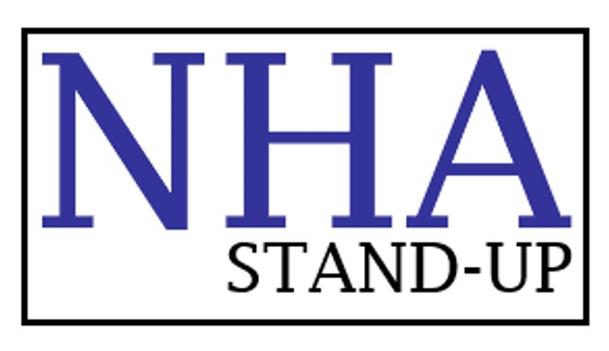Together With
Get the exact number of CEUs you need for 20% off

States with upcoming renewal deadlines:
Virginia, Vermont, and New Mexico CEUs due by March 31st.
Minnesota CEUs due by April 30th.
Use discount code “nhastandup” and visit our site here.
Good afternoon. It’s week 6 of our journey to create a culture of safety and awareness to reduce elopement risks. This will be the last weekly edition of our elopement prevention plan. Moving forward, we will send monthly scenarios for you to follow. These scenarios will come on the first Sunday of each month.
If you’ve been following along, your community is safer today than it was a month and a half ago. If you continue, it will be safer tomorrow than it is today. Nice work.
If you missed week 1, check it out here.
If you missed week 2, review it here.
If you missed week 3, here it is.
Check out week 4, here.
Week 5 can be found here.
Elevate your Community Safety
Week 6
Congratulations, you’ve successfully shifted your culture and carried out tactics within a robust plan to make your community a safer place for your residents.
You can rest easier at night knowing you have
The work is never complete, but the work you’ve completed will set you up for success.
Ongoing Elopement Drills
Moving forward, you must carry out monthly elopement drills on each shift to ensure the culture of safety and accountability continues. With each drill, you will immediately complete a SWOT analysis with the participants and create on-the-spot education.

Elopement Drill Scenario
For this month’s scenario, you will discretely open an exterior door to your community or building. This could be a stairwell exit door or a corridor or hallway door that leads directly outside.
By now, these doors are secured and should not be utilized by employees, residents, or visitors to enter or exit.
Open the door, prop it open with a chair or other object, and wait within a direct line of sight of the door but as hidden from normal view as you can be.
Take note of the following.
Complete this scenario, SWOT analysis, and after-action education for all three shifts.
Whenever you’re ready, there are a couple of ways I can help you.
Forward this newsletter, and we might give them a free coffee for signing up!
Enjoy reading our newsletter? Forward this edition to a colleague and friend, and we will send five randomly selected new subscribers a free coffee using Thnks.
